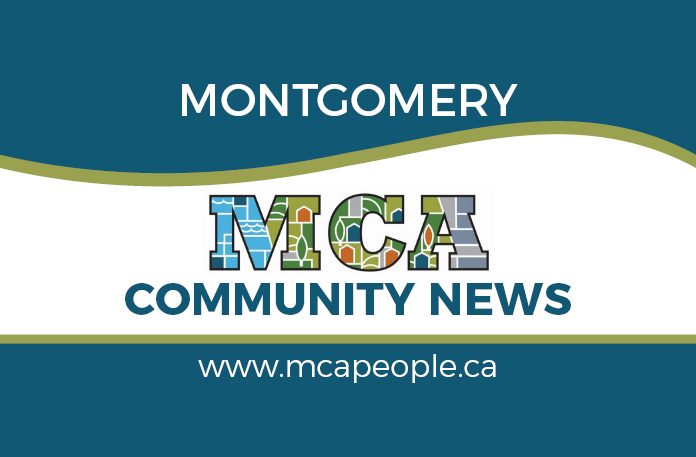James Shouldice donated land to The City for a park in exchange for the construction of the electric streetcar to his property. This same agreement guaranteed that riders to Shouldice Terrace would pay the same fare as city residents paid – five cents a ride. The Shouldice Park Line opened in 1911 and ran from Tuxedo Park in Calgary to Hextall Bridge. The area between Montgomery and Calgary was essentially undeveloped prairie. The streetcar was referred to as the “jumper” because of the bounces, rattling and swaying, and the noisy ride. Occasionally, especially during the winter frost, the trolley would come off the wires, providing great entertainment to the residents! The street cars were equipped with snowplows and had small stoves to keep passengers warm. Margaret Salekin remembers that some adventurous children tied their sleds to the back of streetcars for a wild ride through town.
John Hextall, owner of the Bowness area, built a three-span steel truss bridge across the Bow River to provide easier access to his ranch home. In 1913, Hextall made an agreement with The City of Calgary. In exchange for an extension of the streetcar line into Bowness, Hextall would allow the use of his private bridge and would donate Bowness Park to The City. Once the streetcar crossed the Hextall Bridge, passengers were required to pay an additional fare for service beyond Montgomery.
In 1928, modern steel cars replaced wooden cars. Soon after, trackless trolleys or gas buses were implemented. In 1950, streetcar operations were terminated after operating for 39 years.
Traveling around Montgomery was a difficult thing! There were no sidewalks, few lights, and the roads were essentially prairie ruts that remained unpaved for many years. When it rained, things became worse. The roads were so muddy that driving became impossible. ‘Bert’ Baron-Blanchard recalls that her first purchase here was a pair of rubber boots, and she quickly learned how to push the car uphill on muddy roads. Gradually, oiled or paved roads replaced the muddy streets.
Some confusion exists over the road names in Montgomery. Many residents enjoy telling the tale of having three address changes without ever moving! In 1958 the streets were renamed to allow them to conform to the naming conventions of The City of Calgary. Did you know that Home Road and MacKay Road are the only true north-south roads in the community? All the avenues run at angles to these, but parallel to the Bow River.
Besides taking the street railway, bus, or automobiles, residents did a lot of walking! The stores were only a short distance from the residences of Montgomery, so traveling on foot or by bike was an easy option. Linda Adamson had an even faster mode of transport – her pony, Patches! She remembers creating a hoof print in the freshly laid concrete sidewalks near Terrace Road School. Walking is remembered as an adventure during heavy rainstorms as water from the top of the hill ran its natural course down into the valley.
Wintertime brought slippery, muddy roads, causing Hilda Dow’s husband to leave for work at 4:00 am to get to Calgary on time. Yet for Vicky Sinclair, winter meant that she could skate to the community skating rink from her front door, saving her from having to change her skates in the cold. Today we enjoy extensive walking and bike paths, which connect the community to downtown, the university, the Alberta Children’s Hospital, and Bowness Park.
Click here to the Montgomery Community News home page for the latest Montgomery community updates.










